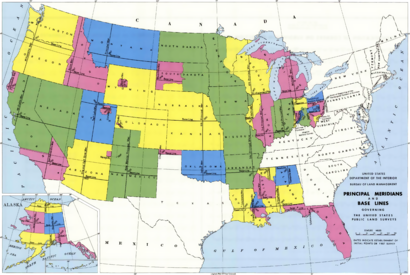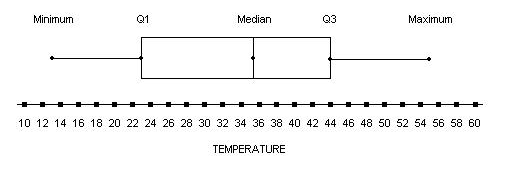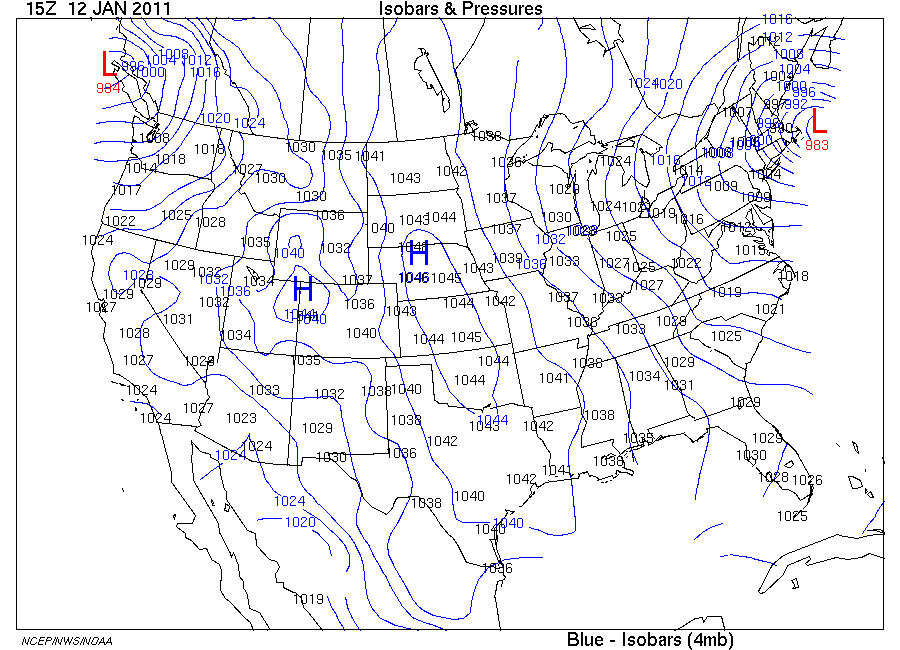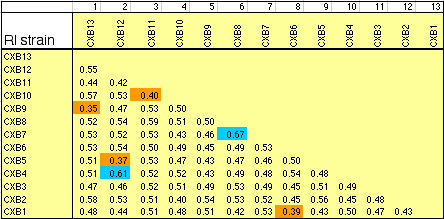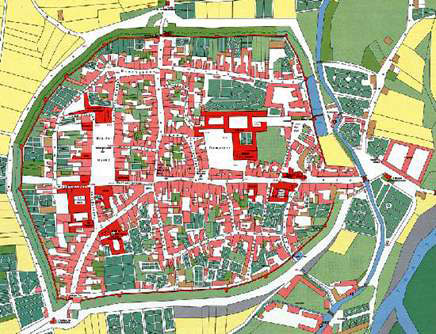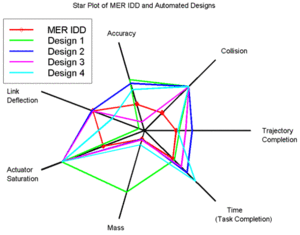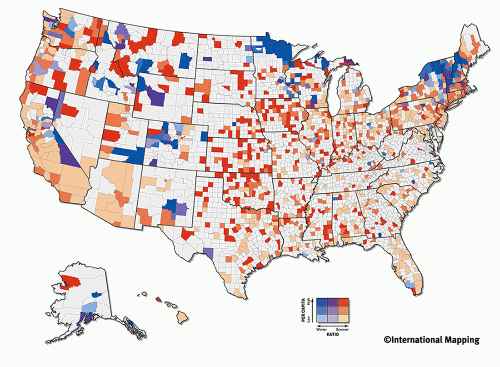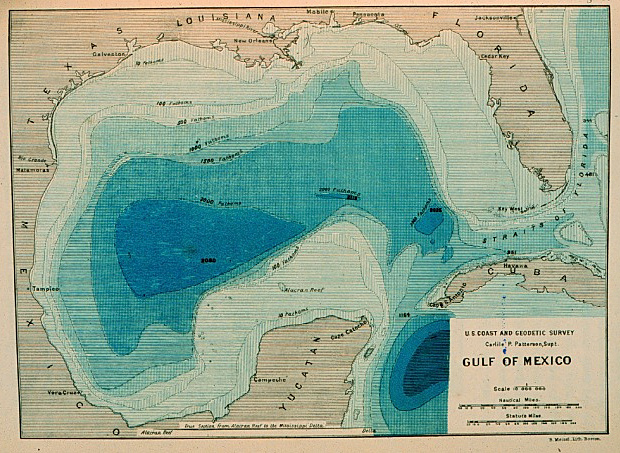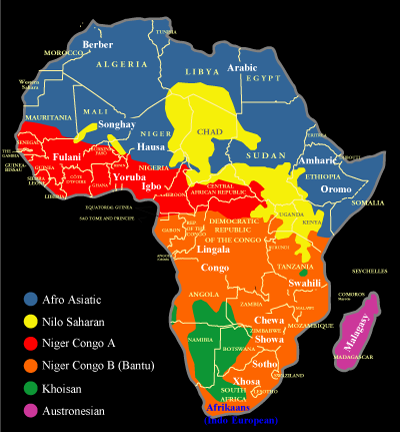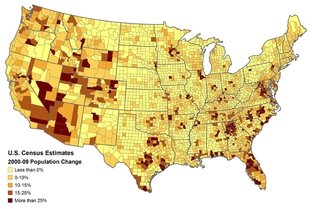
A correlation matrix is exactly what it sounds like. It is a matrix, which is a group of arranged numbers, that shows correlation, which is expected variable dependence on other variables. Each number in the matrix represents how much each specific variable is correlated with another specific variable. The closer to one, the more positively correlated. The closer to negative one, the more negatively correlated. The closer to zero, the more uncorrelated are the two variables. In this matrix we see the correlation intelligence, fun, organization, candidness, and sincerity have on one another.
http://jiad.org/article86.html


